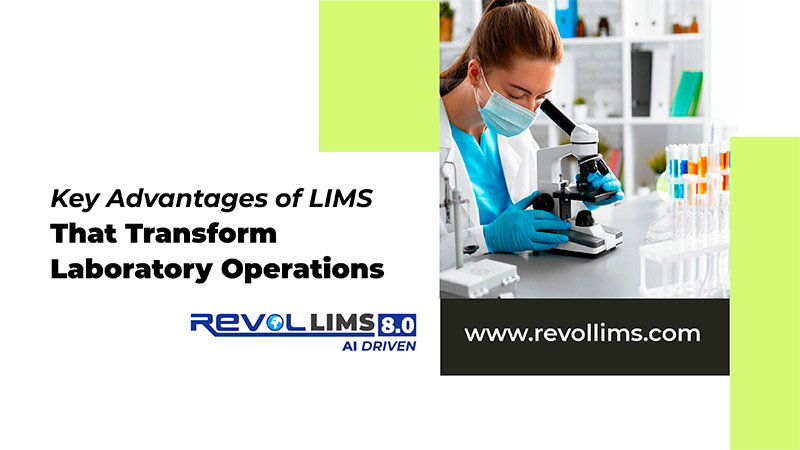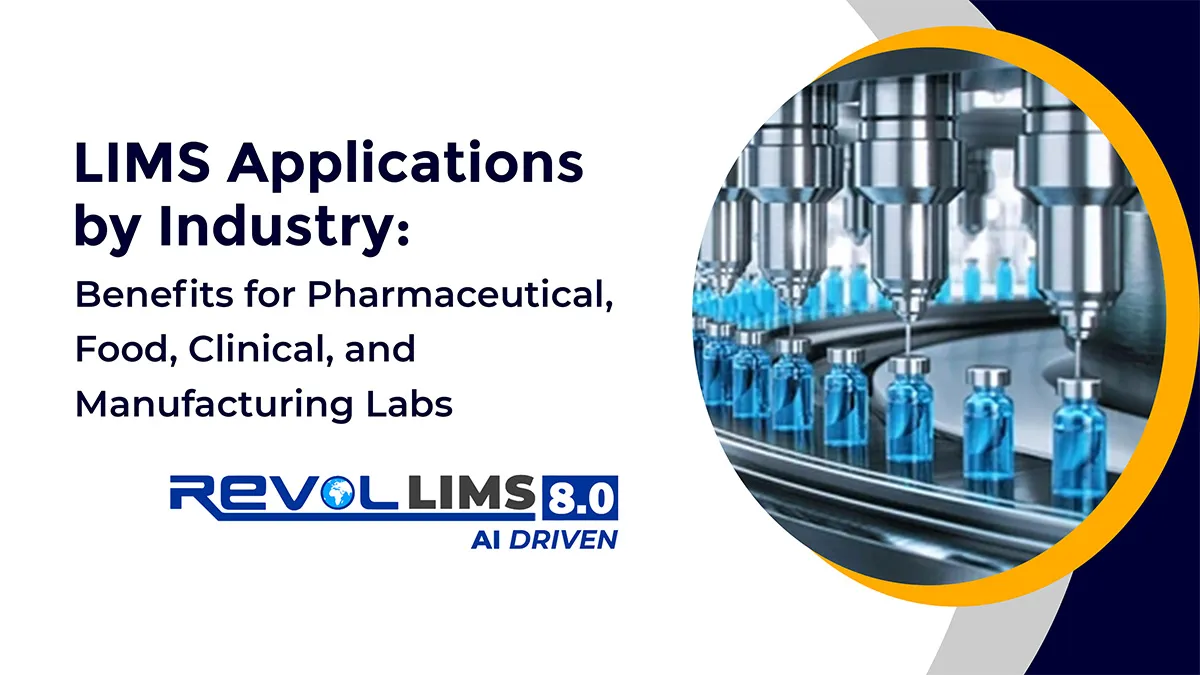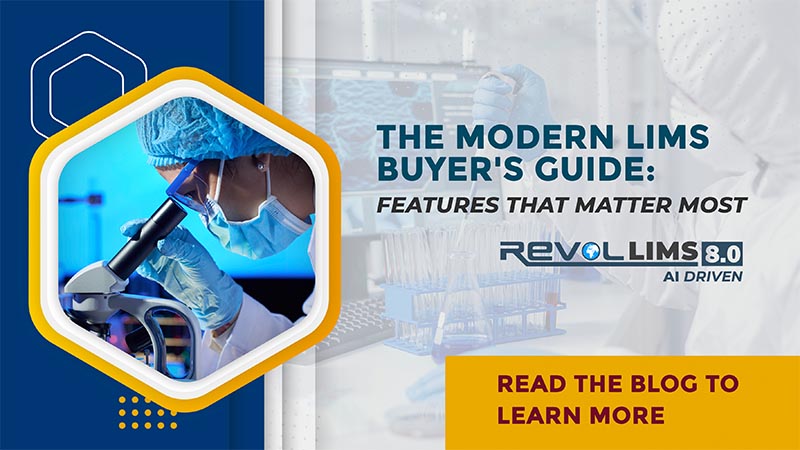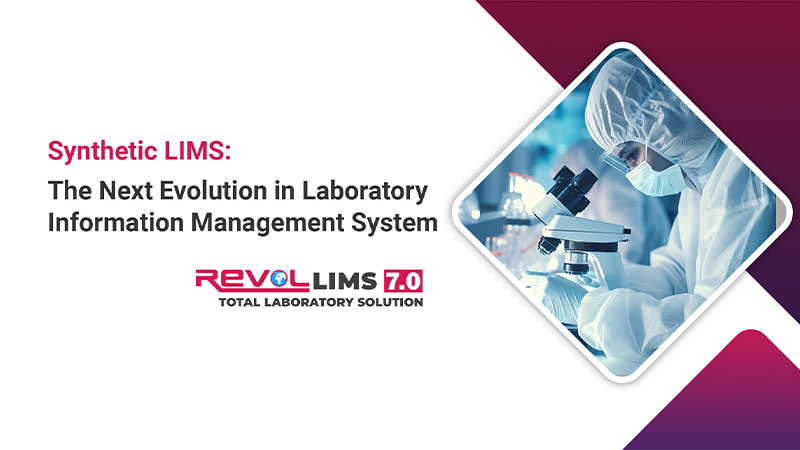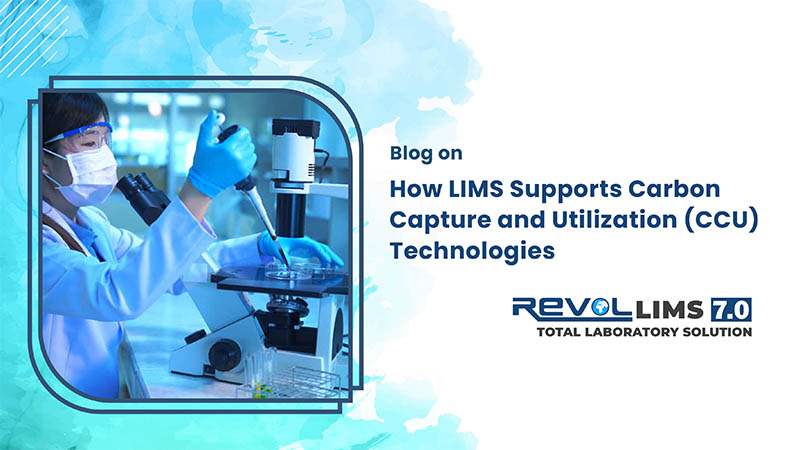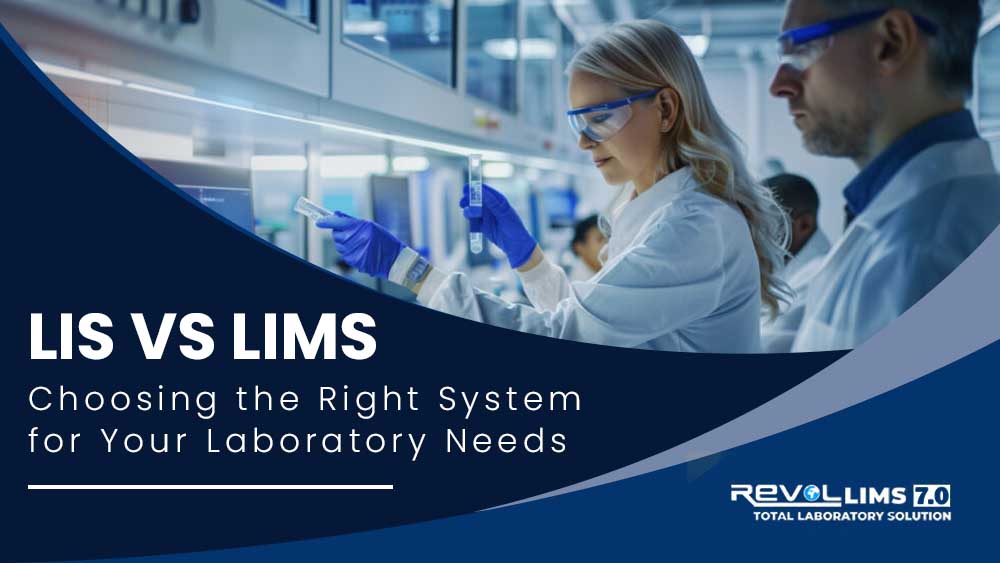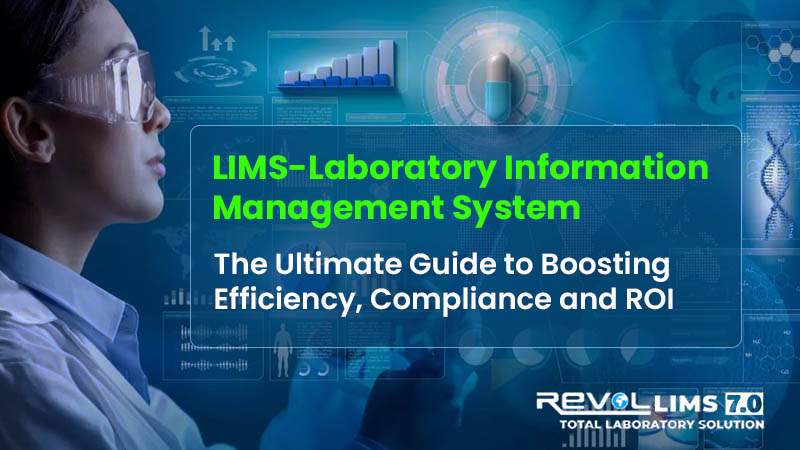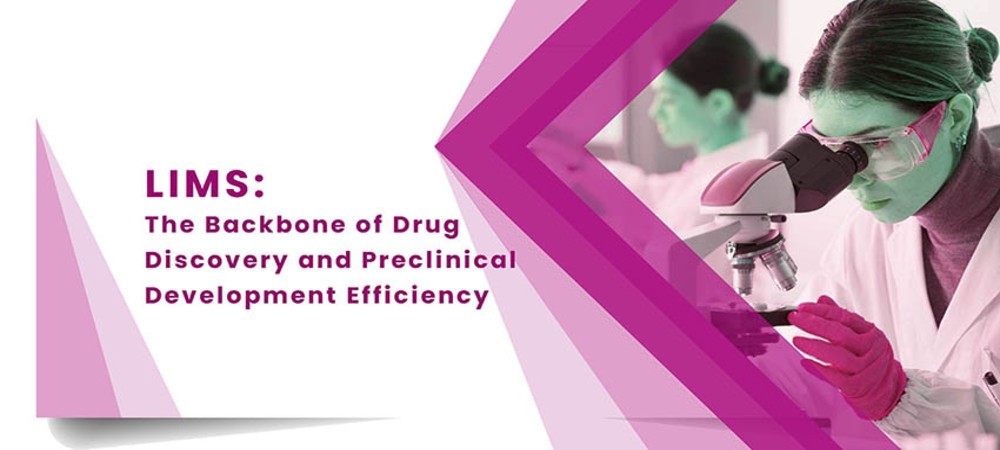
1. Improved Data Accuracy and Reliability
One of the most significant advantages of using a LIMS is the improvement in data accuracy. By automating data collection and eliminating manual data entry, a LIMS reduces the likelihood of human error. With real-time data entry, lab personnel can capture accurate information about samples, tests, and results instantly. This results in more reliable data, reducing the risk of errors that could lead to incorrect conclusions or decisions.
2. Enhanced Productivity and Efficiency
LIMS software automates many routine tasks in the laboratory, such as sample tracking, inventory management, and reporting. By streamlining these processes, LIMS helps lab staff focus on higher-value tasks, such as analyzing results and supporting research. This not only increases productivity but also ensures faster turnaround times for tests and reports. With automated workflows and tasks, laboratories can process more samples in less time, enhancing operational efficiency.
3. Improved Compliance and Regulatory Adherence
Laboratories are often required to comply with strict industry regulations, including those related to quality control, safety standards, and data integrity. A LIMS helps ensure that all processes and documentation are in compliance with regulatory requirements. Many LIMS systems include built-in features that help laboratories meet standards such as ISO, GLP (Good Laboratory Practices), and FDA regulations. Automatic audit trails, data tracking, and reporting features make it easier to maintain compliance and demonstrate adherence during audits.
4. Better Inventory and Resource Management
A LIMS can track inventory levels, monitor the usage of laboratory supplies, and ensure that the lab has the necessary materials for testing at all times. By providing real-time updates on stock levels, a LIMS helps reduce the chances of running out of critical supplies. It also prevents overstocking, which can lead to wastage and higher costs. With efficient inventory and resource management, laboratories can maintain optimal stock levels and reduce the risk of delays or disruptions in testing.
5. Real-Time Data Access and Collaboration
LIMS provides a centralized platform for storing and managing laboratory data. This centralized data repository allows lab staff and management to access real-time information from anywhere, improving decision-making and facilitating collaboration across teams. With easy access to sample data, test results, and reports, laboratory personnel can make faster, more informed decisions. Additionally, LIMS can integrate with other systems, such as ERP (Enterprise Resource Planning) or CRM (Customer Relationship Management) systems, further enhancing collaboration between departments.
6. Cost Savings
While implementing a LIMS requires an initial investment, it can lead to significant cost savings in the long run. By automating manual tasks and reducing the need for paper-based recordkeeping, LIMS cuts down on operational costs. Furthermore, the improved efficiency and accuracy help avoid costly mistakes that could lead to rework, delays, or compliance issues. The reduction in administrative overhead and better resource management can ultimately lead to a more cost-effective laboratory operation.
7. Scalability and Flexibility
As laboratories grow and evolve, so do their needs. A LIMS is scalable and can be customized to fit the specific requirements of different types of laboratories, whether they focus on research, clinical testing, or manufacturing. Many LIMS solutions offer modular designs, allowing labs to add new features or expand functionality as their operations grow. This scalability ensures that a LIMS can continue to meet the needs of the lab as it evolves.
8. Enhanced Reporting and Analytics
LIMS can automatically generate detailed reports and analytics based on the data collected in the system. Customizable reporting features allow laboratories to generate reports that meet the specific needs of stakeholders, whether it’s a summary of sample results, testing trends, or performance metrics. The ability to quickly generate and analyze data helps laboratory managers identify areas for improvement, monitor key performance indicators (KPIs), and make strategic decisions based on actionable insights.
9. Improved Customer Satisfaction
For laboratories that provide services to clients, a LIMS can significantly improve customer satisfaction. With faster turnaround times, accurate results, and clear communication, clients can receive high-quality service with greater consistency. The LIMS also allows for better tracking of customer requests and orders, ensuring that deadlines are met and clients are kept informed of the status of their samples. Improved customer service leads to stronger relationships and greater client retention.
10. Security and Data Integrity
LIMS ensures that laboratory data is secure and protected from unauthorized access. With features such as user authentication, role-based access, and audit trails, LIMS offers robust security measures to safeguard sensitive information. This is particularly important in industries such as pharmaceuticals, healthcare, and environmental testing, where data integrity and confidentiality are critical.
Conclusion
The benefits of a Laboratory Information Management System (LIMS) are clear—improved data accuracy, enhanced productivity, regulatory compliance, and cost savings are just a few of the advantages that LIMS brings to laboratory operations. By automating routine tasks, improving data management, and providing real-time access to critical information, LIMS helps laboratories work more efficiently, reduce errors, and deliver better results. Whether ones lab is small or large, a LIMS can drive significant improvements in both operational performance and customer satisfaction, making it a valuable tool for modern laboratories.
